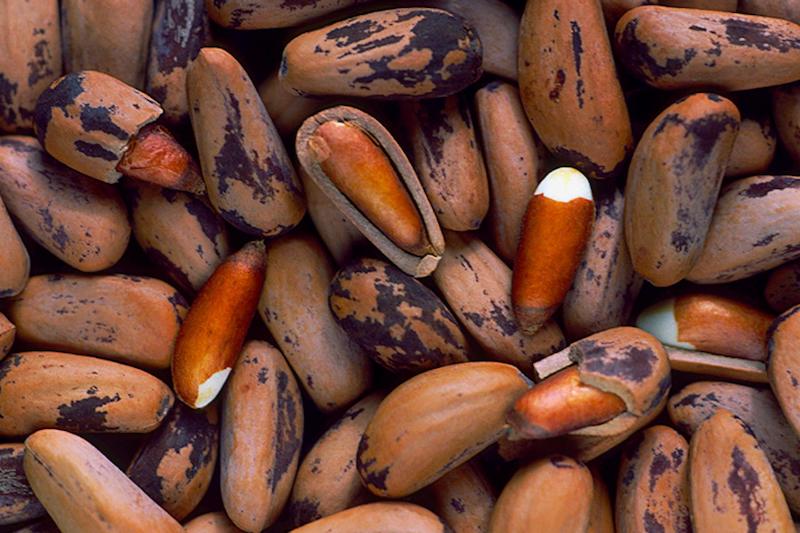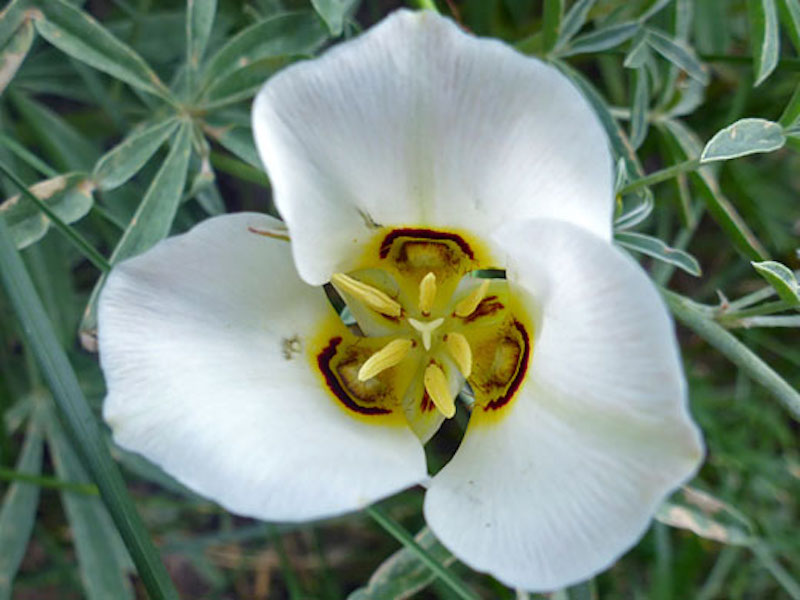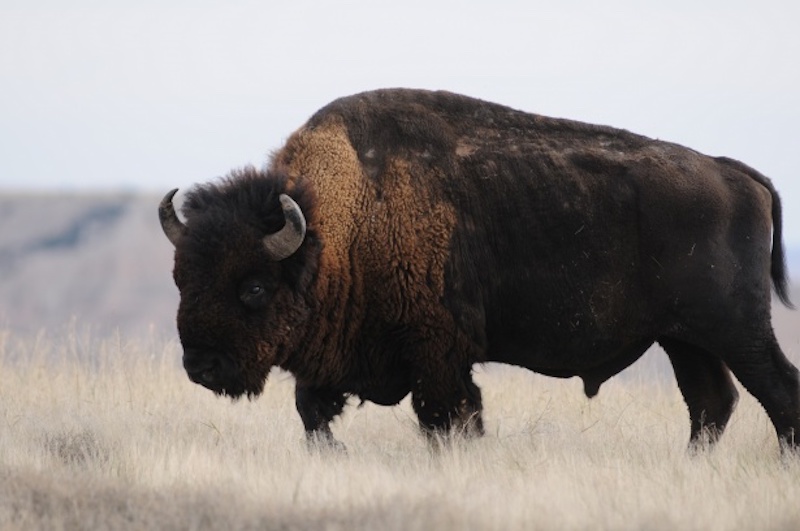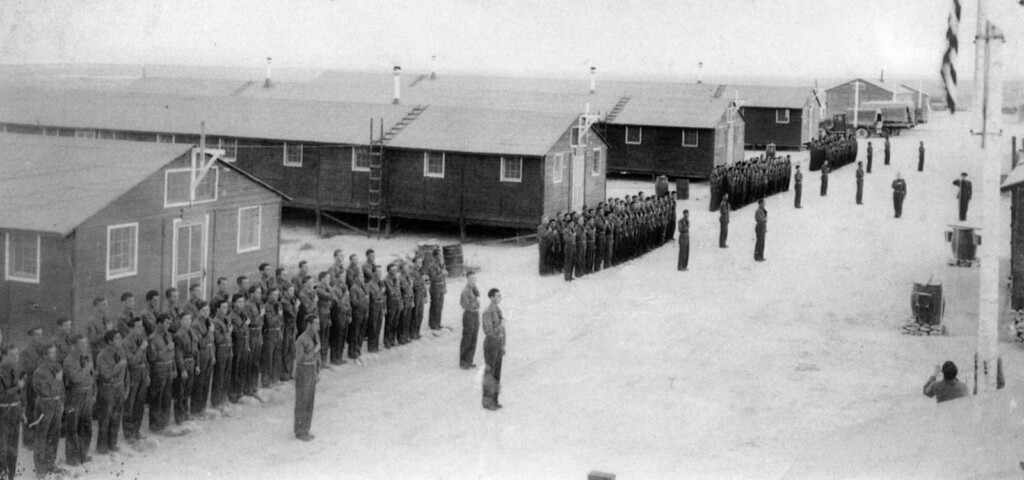
A year ago on the Utah Stories podcast, we examined the practices of Native Americans in shamanic rituals, including their usage of psychedelics to conduct “vision quests” to better understand their purpose in life. We spoke to Dr. Reid Robison, who described their usage of DMT, peyote, and mushrooms in detail and how those practices are being emulated today to treat everything from PTSD to depression and anxiety.
A few months ago we spoke to Dr. Joel Janetski to get a better understanding of Native Americans’ food and clothing as well as their migration patterns. But probably one of the most fascinating questions is:
What did native Americans Eat?
Janetski says that the most common foods of the Fremont Indians (980-1400 AD) were corn, beans, and squash (similar to what the greater Anasazi culture consumed). But corn-based diets were terrible on their teeth and caused heavy tooth decay at a young age and likely shortened their already very short lives. The Ute Indians, however, who displaced the Fremont Indians beginning around 1350, had a superior diet. Their meals consisted of far more wild game, fish, and less corn. Indigenous tribes constantly consumed around 250 varieties of herbs and plants. And their food was their medicine. It seems with the popularity of low-carb diets and gluten-free diets we are finally learning from them today.

This is according to Chipeta: Ute Peacemaker by Cynthia S. Becker
[The Utes] caught fish in willow baskets and cooked them on a spit over a fire. They also boned and hung them on poles to dry and store for winter. John C. Fremont reported receiving dried fish from the Utes during his travels in 1843. The Utes also trapped river animals. Roasted beaver tail was a special treat.
Wild grass seeds, such as pigweed, lamb’s quarter, and millet could be ground for flour to make flatbread. There was fruit in the mountains during spring and summer. Strawberries, currants, chokecherries, and plums were eaten fresh or dried for winter use.

The autumn buffalo hunt was the major source of winter food. Ute women preserved the meat by cutting it into strips and drying it in the sun. The whole family joined in gathering small nuts of the pinon tree in the late fall. Picking and roasting this treat was a festive family event. (Those tasty nuts are still a great treat today). Another treat that could be stored for traveling or for winter was made from dried crickets, grasshoppers, and cicadas. These were chopped and mixed with berries to small fruit cakes.
After living on a limited diet of stored food during the winter, everyone craved fresh greens. The first sprouts of grasses were especially tasty. Ute women used sticks to dig wild carrots, the roots of sego lily, and fritillary. Brake fern, asparagus, bitterroot, wild potatoes, and onions grew in the runoff from high mountain snowmelt. They gathered eggs laid by ducks and mud hens. The Utes ate the blossoms and fruit of the yucca plant and used the root for soap.
Listen to the Utah Stories podcast by visiting UtahStories.com, and subscribe to our digital newsletter to learn about new episodes each week.
Subscribe to Utah Stories weekly newsletter and get our stories directly to your inbox


